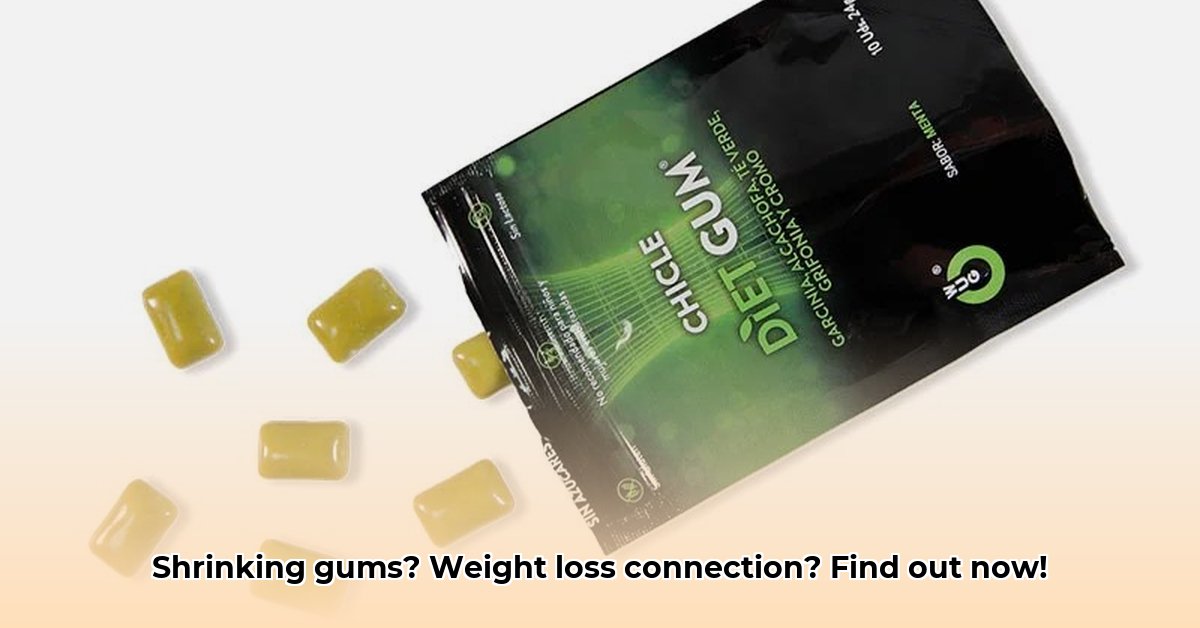
Understanding the Impact of Weight Loss on Gums and Jawbone
Significant weight loss, often exceeding ten pounds, can lead to unexpected changes in your mouth. This is because your gums and jawbone, the foundation for your dentures, can shrink. This process, known as bone resorption, is a natural occurrence that can become more pronounced with substantial weight loss. As your jawbone thins, your gums recede, causing your dentures to feel loose or uncomfortable. This isn't merely an aesthetic concern; it can significantly impact your ability to chew, speak clearly, and maintain proper oral hygiene. Do you find yourself struggling with these issues? Let's explore the solutions.
Recognizing the Signs of Ill-Fitting Dentures
Are your dentures feeling loose or wobbly? Do they slip more than usual? Are you experiencing discomfort, soreness, or difficulty chewing or speaking? These symptoms indicate that your dentures may no longer fit correctly. Ignoring these signals can lead to more significant problems down the line. Early detection is crucial for effective treatment.
Fixing the Problem: Solutions for Loose Dentures
If weight loss has caused your dentures to become loose, scheduling a visit with your dentist is paramount. Several options exist, each tailored to different levels of gum and bone resorption:
Denture Relining: This involves adding a new layer of material to the inside of your dentures, creating a tighter, more comfortable fit. It's a relatively quick and less expensive solution, ideal for minor adjustments. However, it might not be enough if substantial bone loss has occurred.
Denture Refitting: For significant jawbone changes, a reline may not suffice. Refitting involves more extensive adjustments to the dentures themselves, or even the creation of completely new dentures. While more time-consuming and expensive, it's necessary for optimal fit and function after significant bone loss.
Temporary Adhesives: Denture adhesives offer temporary stability but are not a long-term solution. They simply mask the underlying problem. While providing short-term relief, consistent use of adhesive shouldn't replace professional assessment and treatment.
Bone Grafting (in specific cases): In instances of significant bone loss, a bone graft may be recommended. This surgical procedure involves adding bone material to your jaw to rebuild lost density. This is typically considered for severe bone loss and requires consultation with a dentist to determine suitability.
How to Choose Denture Relining Materials After Weight Loss
The choice between soft and hard relines depends on individual needs and the severity of bone loss.
Soft Relines: These temporary solutions add a cushioning layer to existing dentures. Suitable for minor adjustments or those with sensitive gums, they offer quicker relief but don't last as long.
Hard Relines: This more durable and permanent option adds a layer of acrylic resin, providing a longer-lasting solution for significant gum and bone changes. However, they might be less suitable for sensitive gums.
Your dentist will assess the extent of gum and bone changes, your comfort level, and your lifestyle to recommend the best option. This will contribute to choosing your denture relining materials effectively.
Step-by-Step Guide to Addressing Loose Dentures
Following a professional assessment, addressing loose dentures involves these key steps:
- Schedule a dental appointment: Prompt action is key to effective treatment.
- Discuss relining options: Your dentist will explain the different types of relines and their suitability for your situation.
- Undergo the procedure: The procedure typically takes a short amount of time.
- Follow aftercare instructions: Maintaining proper oral hygiene is critical for healing and preventing complications.
- Schedule follow-up visits: Regular checkups help prevent future problems.
Prevention and Long-Term Oral Health
Proactive measures are essential for maintaining long-term oral health and denture fit:
- Consistent oral hygiene: Regular brushing and flossing are essential for gum health.
- Regular dental checkups: Preventative care through regular checkups will help with early detection and treatment of any issues.
- Balanced diet: A diet rich in calcium and vitamin D supports strong bones and gums.
Three Pivotal Points:
- Significant weight loss can cause gum and jawbone shrinkage, leading to loose dentures.
- Dental professionals offer various solutions, including relining, refitting, and bone grafting.
- Preventative care, including regular dental checkups and maintaining good oral hygiene, is crucial.
Weighing Your Options: A Risk Assessment
The following table summarizes the pros and cons of the different treatment options for loose dentures:
| Treatment Option | Pros | Cons |
|---|---|---|
| Denture Relining | Relatively quick, less expensive, generally comfortable. | May not be effective for significant bone loss. |
| Denture Refitting | Restores proper fit, addresses significant bone loss. | More expensive, more time-consuming. May necessitate new dentures. |
| Temporary Adhesives | Provides temporary relief and stability. | Not a long-term solution, doesn't address the underlying bone loss. |
| Bone Grafting | Addresses significant bone loss, promotes long-term stability. | Invasive procedure, longer recovery time, higher cost. |
Remember, addressing loose dentures promptly improves comfort, function, and overall oral health. Regular dental checkups, especially after significant weight changes, are critical for maintaining a healthy and happy smile.